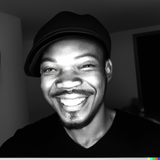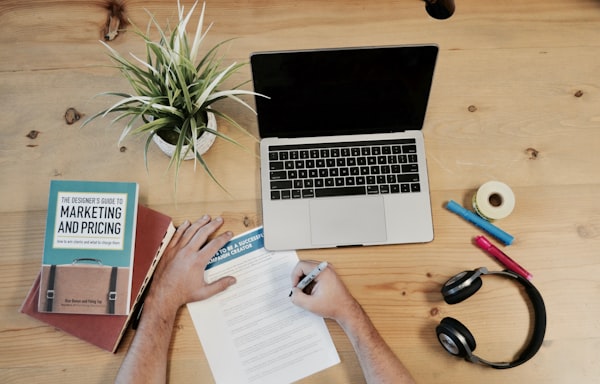How design facilitation leads to top tier design deliverables
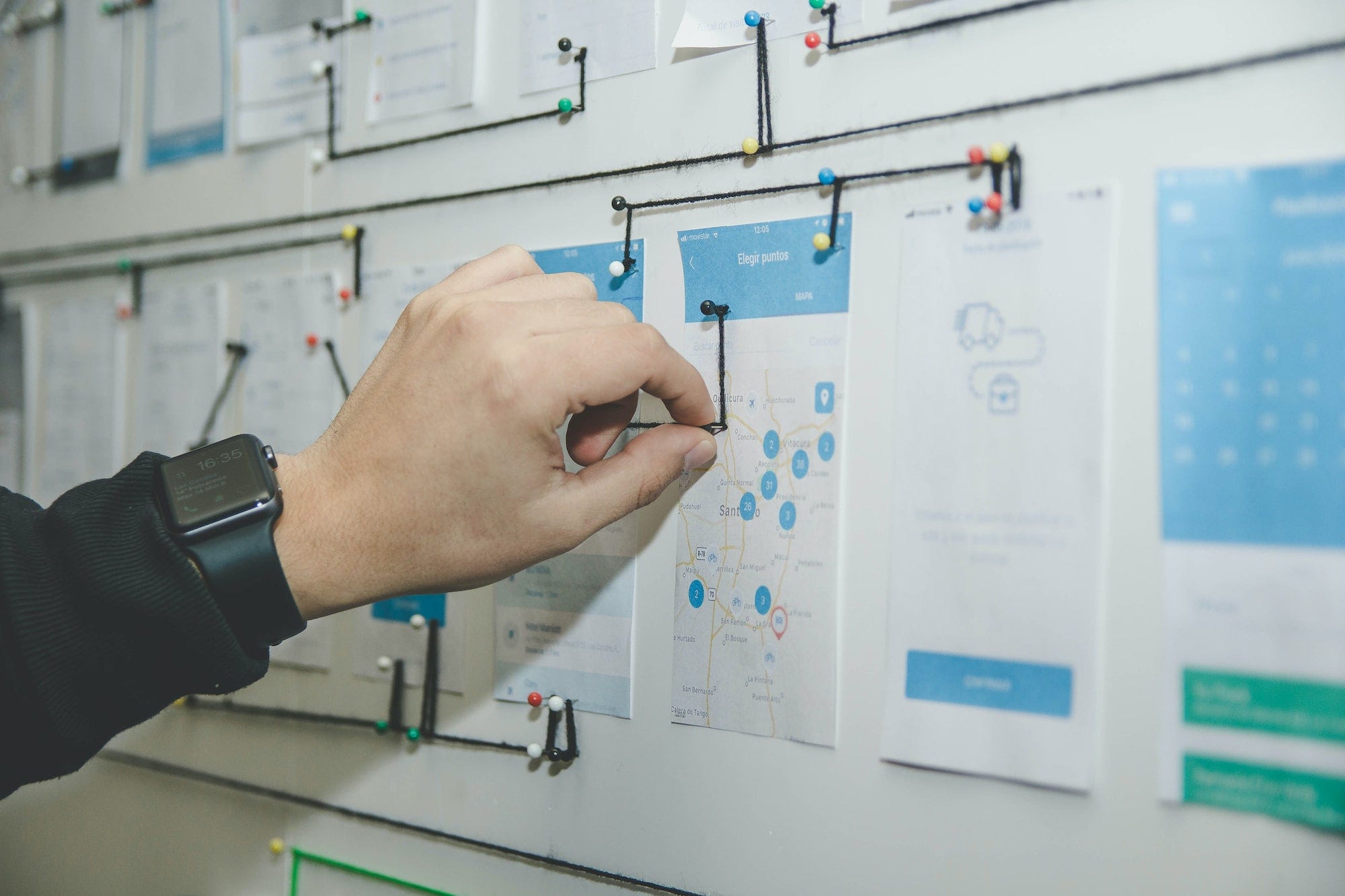
Introduction:
Facilitation is an important skill for UX designers to have in their toolkit. It involves effectively guiding a group of diverse individuals through a design process, and supporting a collaborative and respectful environment that encourages full participation. In this blog post, we'll explore the role of facilitation in UX design, the key skills and attributes of great facilitators, how facilitation skills benefit the UX design process, and what a design facilitator does. We'll also provide a list of actionable steps you can take to help you run a successful design thinking workshop.
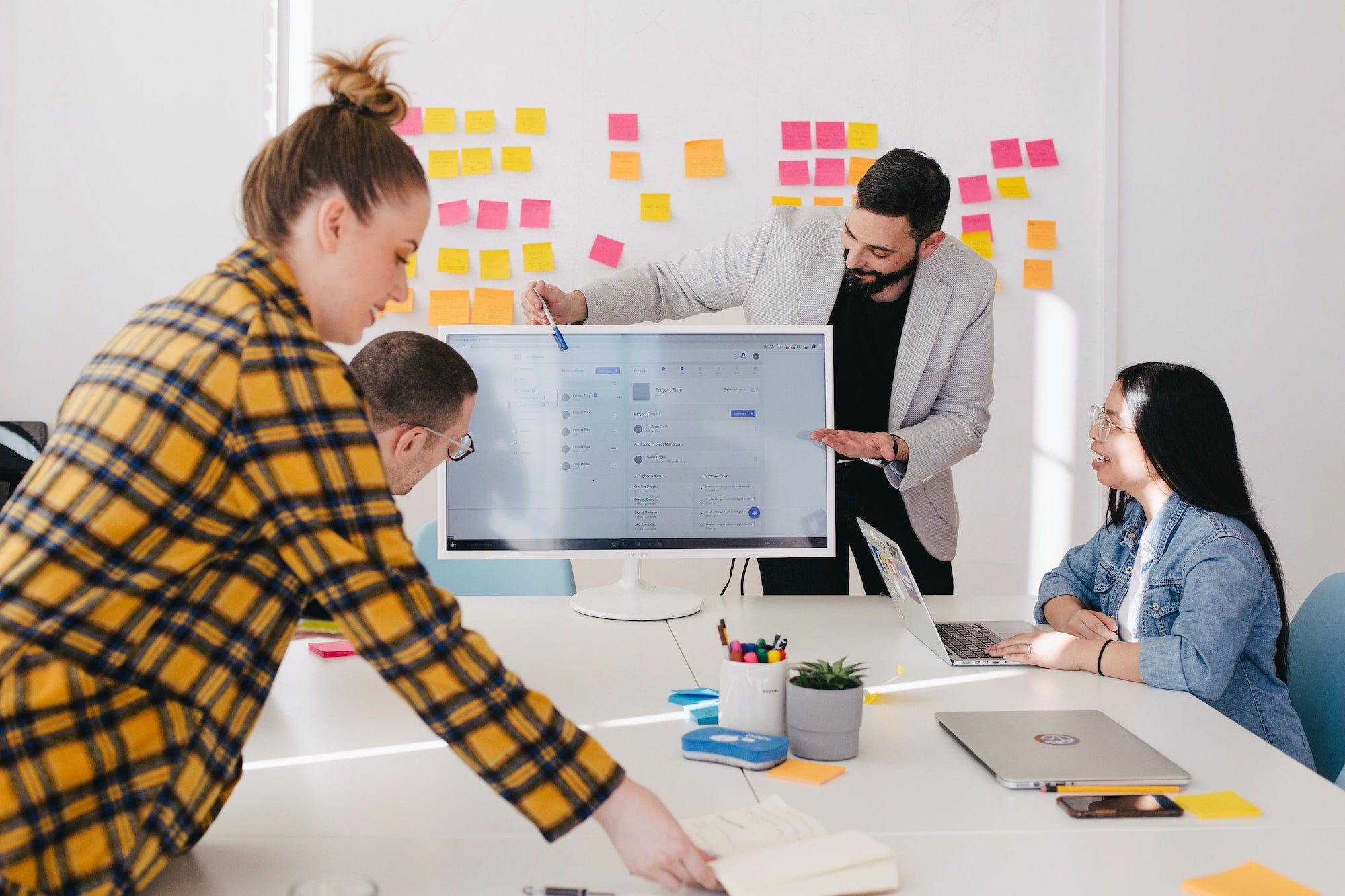
What is facilitation in UX design?
Facilitation in UX design is the skill of effectively guiding a group of diverse individuals through a design process. This is achieved by supporting a collaborative and respectful environment that encourages full participation of the group. The process aims to yield outcomes that identify needs, clarify goals, or decide where an initiative should start and its next steps. This is because so many parts of the UX design methodology, such as interviewing users, conducting usability tests, hosting client meetings, or presenting results to the team, significantly benefit from facilitation best practices.
What are the goals of a facilitator
Facilitation has a wide variety of goals, and can take many forms. A facilitator can focus on creating engagement and participation, or ensuring useful output. They can be the focal point at the front of the room or work in the trenches. Generally, facilitation falls into four "styles": the Energizer, the Driver, the Diplomat, and the Interpreter. The right style will depend on the goals of the workshop and the needs of the group.
Key skills and attributes of a great facilitator Great facilitators have a range of skills and attributes that help them effectively guide a group through a design process. These include:
- Strong communication skills: Facilitators need to be able to clearly articulate their ideas and facilitate discussions in a way that is understandable to the group.
- Active listening: Facilitators need to be able to listen carefully to what others are saying and reflect back their understanding to ensure that everyone is on the same page.
- Adaptability: Facilitators need to be able to adjust their approach and style to fit the needs of the group and the goals of the workshop.
- Conflict resolution: Facilitators need to be able to manage conflicts that may arise during the workshop and help the group find common ground.
- Organization: Facilitators need to be able to plan and organize the workshop effectively to ensure that it runs smoothly and efficiently.
How facilitation skills benefit the UX design process
Facilitation skills can benefit the UX design process in a number of ways. By facilitating effective meetings and workshops, designers can:
- Collect knowledge and insights from a diverse group of stakeholders
- Generate new ideas and solutions
- Create harmony among diverse opinions
- Improve communication and collaboration within the team
- Make better informed design decisions
- Save time and resources by identifying the most important issues and priorities
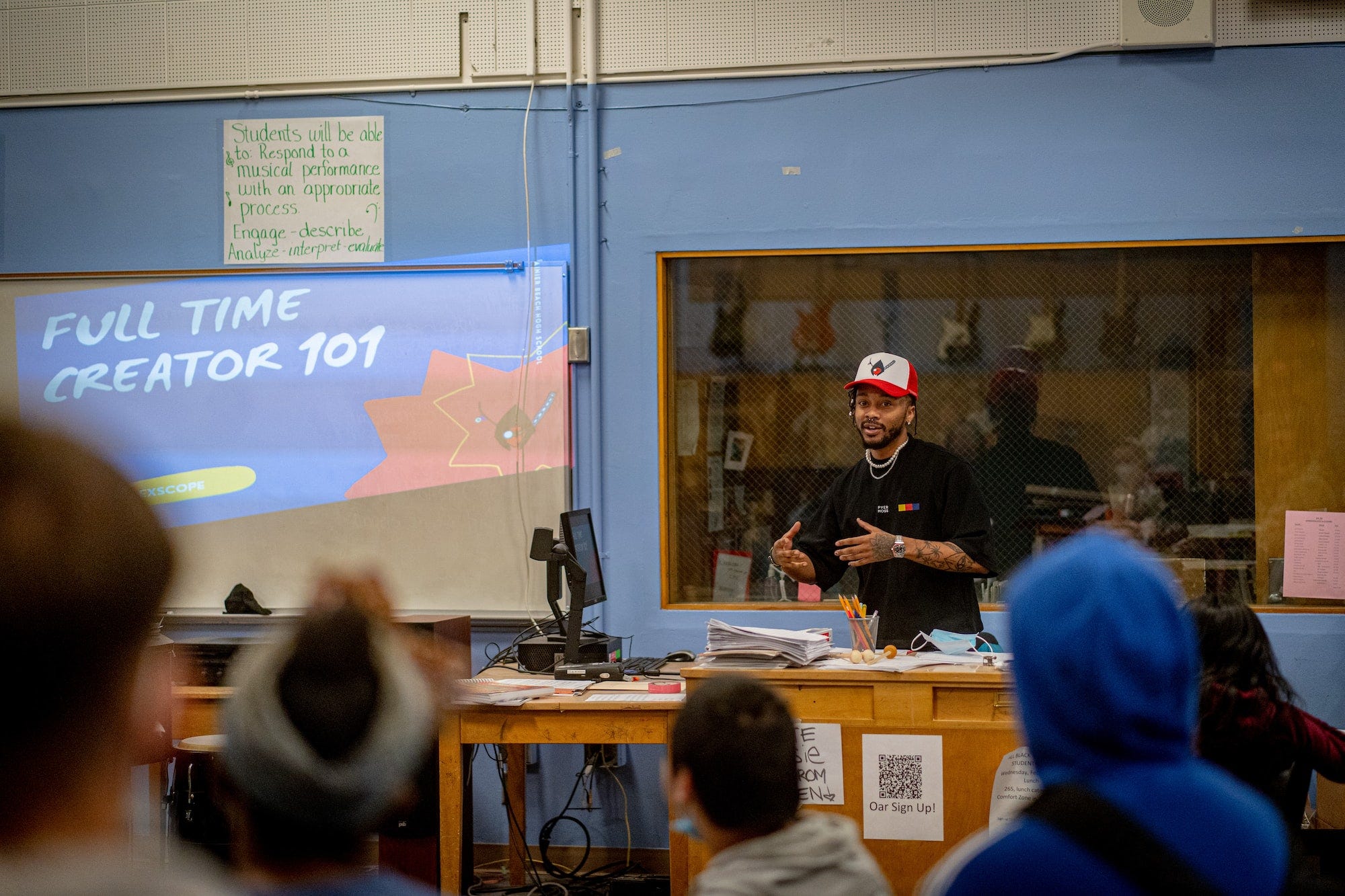
Who is a design facilitator?
A design facilitator is responsible for planning and leading design workshops and collaborative exercises. This may involve:
- Identifying the goals and objectives of the workshop
- Planning the agenda and activities for the workshop
- Setting up the physical space and materials needed for the workshop
- Facilitating discussions and activities during the workshop
- Gathering and synthesizing insights and feedback from the group
- Creating and sharing documents or artifacts to capture the output of the workshop
Conclusion:
Facilitation is an important skill for UX designers to have in their toolkit. It involves effectively guiding a group of diverse individuals through a design process, and supporting a collaborative and respectful.
Do you have any other tips about being a design facilitator or questions? Share in the comments below!

